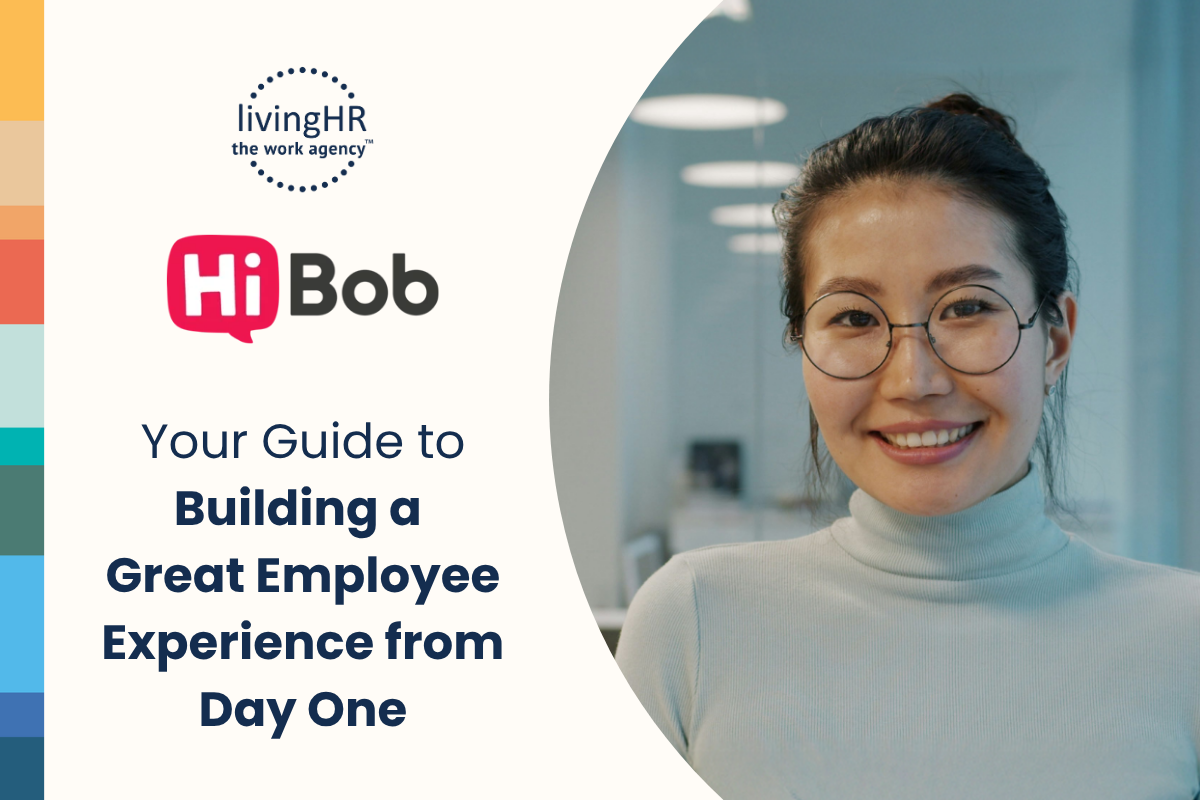Do you know where your organization falls on the DEIB Maturity Model? Take the self-assessment to gauge where you are and where you want to be. This maturity model is not a one-size-fits-all approach and is meant to ebb and flow based on your company’s goals and strategic initiatives.
DEIB Maturity Model Stages
Stage 1: Risk Averse
Diversity is an HR function initiative to address the basics of compliance to mitigate risk.
Indicators:
-
Compliance lens
-
Policy + requirements driver (e.g., EEO, annual harassment training, etc.)
-
No defined organizational culture
-
Diversity hiring and advancement are to achieve baseline
Stage 2: Exploratory
Introspective and awareness building. Gathering voices and inputs, identifying gaps and responsibility, as well as where they'd like to continue to develop. Identifies barriers to equity and inclusion in policies and systems.
Indicators:
-
Conducted listening sessions
-
Shared general awareness learning (unconscious bias training, etc.)
-
Identified the infrastructure and system needs
-
Recognition and realization from leaders (at all levels) for why this work matters
-
Some discomforts start to emerge
-
Equity analysis, formation of spaces for diversity, equity, and inclusion conversations (e.g., ERGs, committees, etc.)
-
Explicit leadership buy-in and commitment
Stage 3: Develop
An organization's decisions are systematically guided by equity considerations. DEIB goals and strategies are defined. Leaders at all levels are in a continuous learning phase and have a clear commitment to taking action.
Indicators:
-
Well-defined culture and purpose
-
Intentionality around talent brand, sourcing, and selection strategy
-
Offering continued learning for leaders at all levels and stakeholders on more advanced topics in DEIB
-
Fosters ongoing DEIB learning and growth for its staff, management, and board
-
The organization has DEIB policies and an organizational plan with clear goals, objectives, and indicators of progress and success
-
Space created for feedback loops for continuous DEIB improvement
Stage 4: Integrated
Thoughtful and intentionally-designed experiences and mechanisms create and maintain DEIB accountability to the organization’s internal and external constituents and supplier diversity. The brand is clear and open about its stance on topics related to social responsibility and justice.
Indicators:
-
Revised and implemented a change in practices, policies, and experiences based on exploration and development work for strengthening and maintaining diversity
-
Staff and board are representatives of the community they serve
-
Effective retention strategies are implemented
-
Formalized CSR and advocacy work with communities experiencing disparities
-
Understanding trauma and focusing on wellbeing
-
Technology is reviewed to ensure bias is mitigated
-
Transparent DEIB statement, data, initiatives, and communication internally and externally
-
People within the organization have a sense of purpose, connection, belonging, and meaning
Stage 5: Transform
DEIB is transformative in an organization's strategy. A sustainable and strategic advantage for the business leads to better outcomes and a more inclusive culture for people inside and outside of the organization, which allows for a better world.
Indicators:
-
Demonstrated sustainability and impact in DEIB work
-
Barriers have been dismantled in all practices and systems
-
Access to opportunities is realized by everyone in the communities the organization serves
So, where did you land?
Diversity, equity, and inclusion are integral elements that contribute to the success and sustainability of a thriving workplace. In today's interconnected and globalized world, organizations must recognize the importance of cultivating a diverse workforce that represents various backgrounds, experiences, and perspectives.
Embracing diversity fosters creativity and innovation, as individuals bring unique insights to problem-solving and decision-making processes. Equity ensures that all employees have fair opportunities for advancement and development, regardless of their background, gender, race, or other characteristics. Inclusion, on the other hand, creates a supportive and welcoming environment where every employee feels valued and included, leading to increased morale and productivity.
Beyond the moral imperative, organizations with diverse, equitable, and inclusive cultures are better positioned to attract and retain top talent, enhance their reputation, and ultimately achieve long-term success in an ever-evolving business landscape.
In essence, DEI is not just a responsibility but a strategic advantage that empowers organizations to navigate complexities, drive innovation, and foster a workplace that reflects the richness of our global society. Need help getting to the next stage? We’re here to help. Fill out the form below for a free consultation.


.png)


